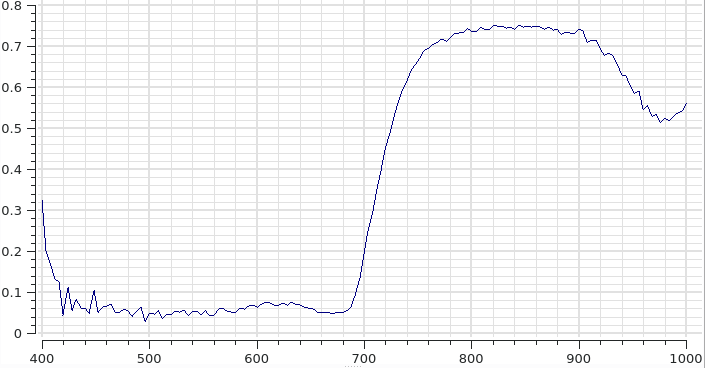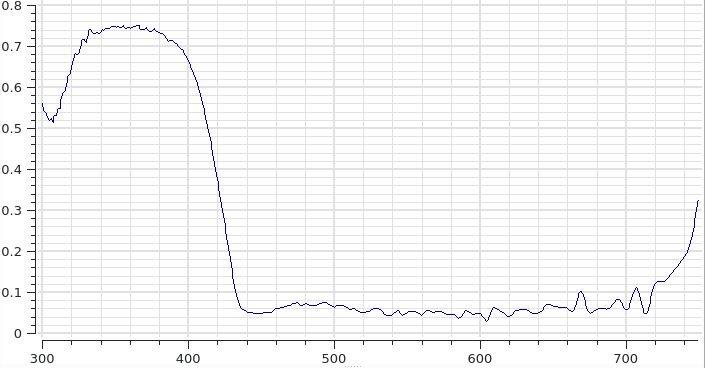Wavelength/Frequency Converter Filter
Converts a spectrum from a wavelength representation to a frequency, time period, or wavenumber representation - and vice-versa.
Category |
|
Node |
|
Parameters |
Convert to: to what representation to convert the spectrum to Interpolation method: What interpolation method to use |
Inputs |
Input: the input data |
Outputs |
Output: the output data |
Effect of the Filter
Spectral data has channels that may be given by various different quantity/unit combinations. The most common ones are wavelength (with a common unit being nanometers), and wavenumber (with a common unit being inverse centimeters).
This filter will convert between these various representations. The actual data will not change, but for some conversions the data will be reinterpolated to ensure that it exists on a regular grid.
For example, when converting from a wavelength representation to a wavenumber representation, the filter does more than just change the labels from nanometers to inverse centimeters - it will also reverse the order and then perform an interpolation onto a regular grid.
The following representations are available:
Quantity |
Unit |
|---|---|
Wavelength |
Nanometers |
Frequency |
Terahertz |
Time period |
Picoseconds |
Wavenumber |
Inverse centimeters |
The unit of the output is currently fixed to the sepcified unit. The input data must have labels that are any of the given quantities, but their unit may be any valid unit for that quantity.
If this filter reinterpolates data, the user has a choice between two interpolation methods: Linear and Akima. These will use the algorithms also provided by the Linear Interpolation Filter and the Akima Interpolation Filter.
Take for example the following spectrum represented in nanometers:

Applying this filter will yield the following spectrum in Terahertz that has been reinterpolated onto a regular grid:

